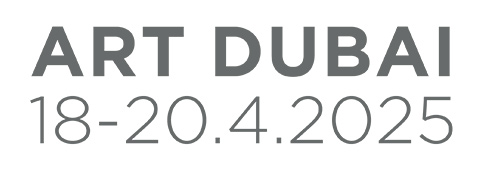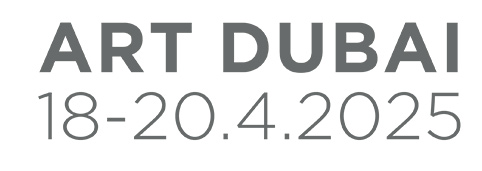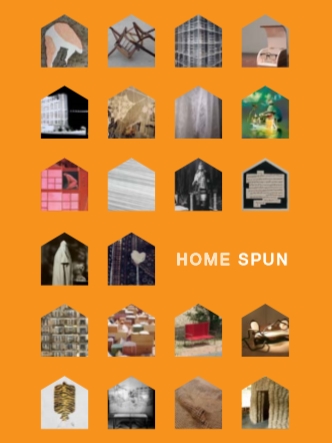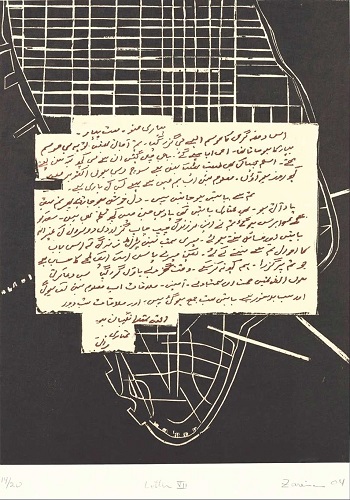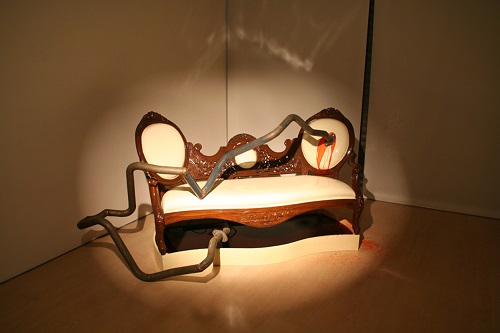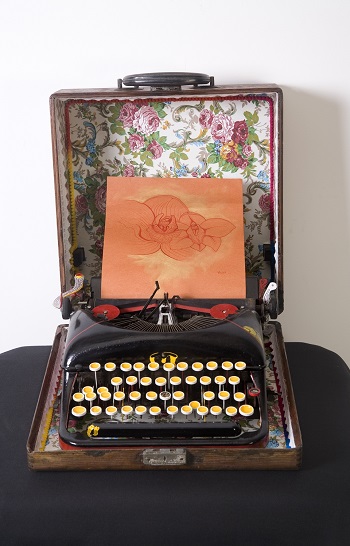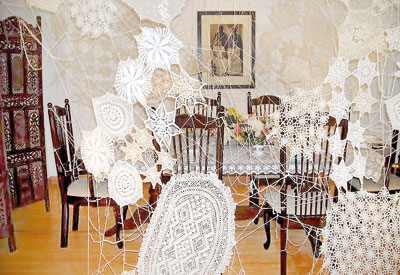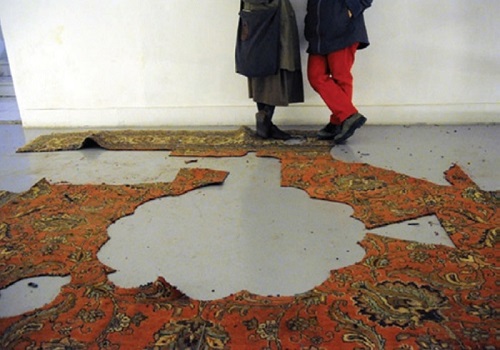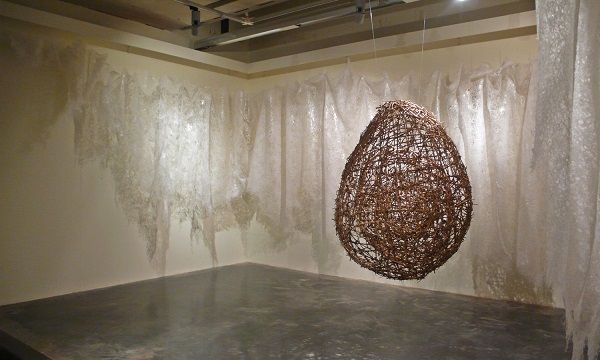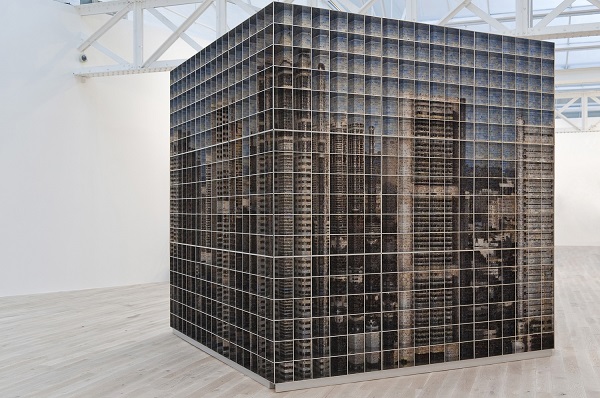Devi Art Foundation was established in 2005 to facilitate viewership of creative expressions and artistic practices that exist in India. This not-for-profit organisation provides a platform for contemporary artists from India and the region engaged in innovative, experimental work, away from any commercial interest. The idea is to interact closely with and encourage young curators and critics, helping to give voice to their concerns. By undermining geo-political divides, the objective of the Foundation is to foster a dialogue from within the Indian Sub-continent amongst various art practitioners, enhancing the understanding of our shared history.
Over the years, since its inception, the foundation has engaged with and come up with path-breaking exhibitions by simply challenging the role of a curator, engaging with “non-curator” curators and developing ideas that have refreshed the curatorial practice in significant ways.
To view more exhibitions by Devi Art Foundation please click here.
